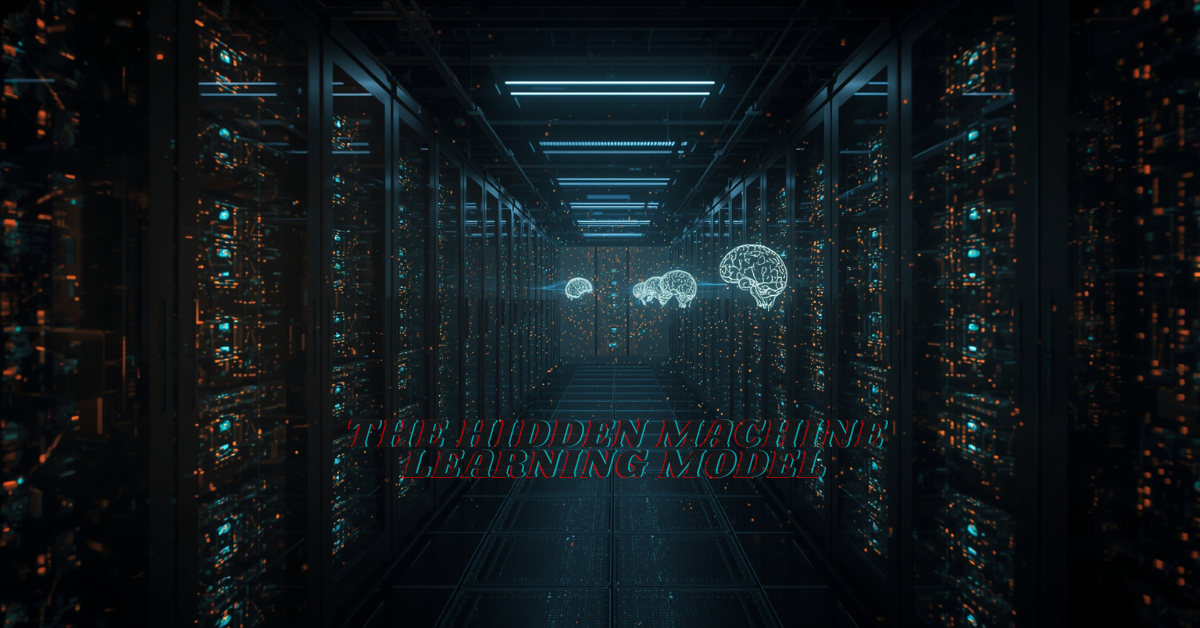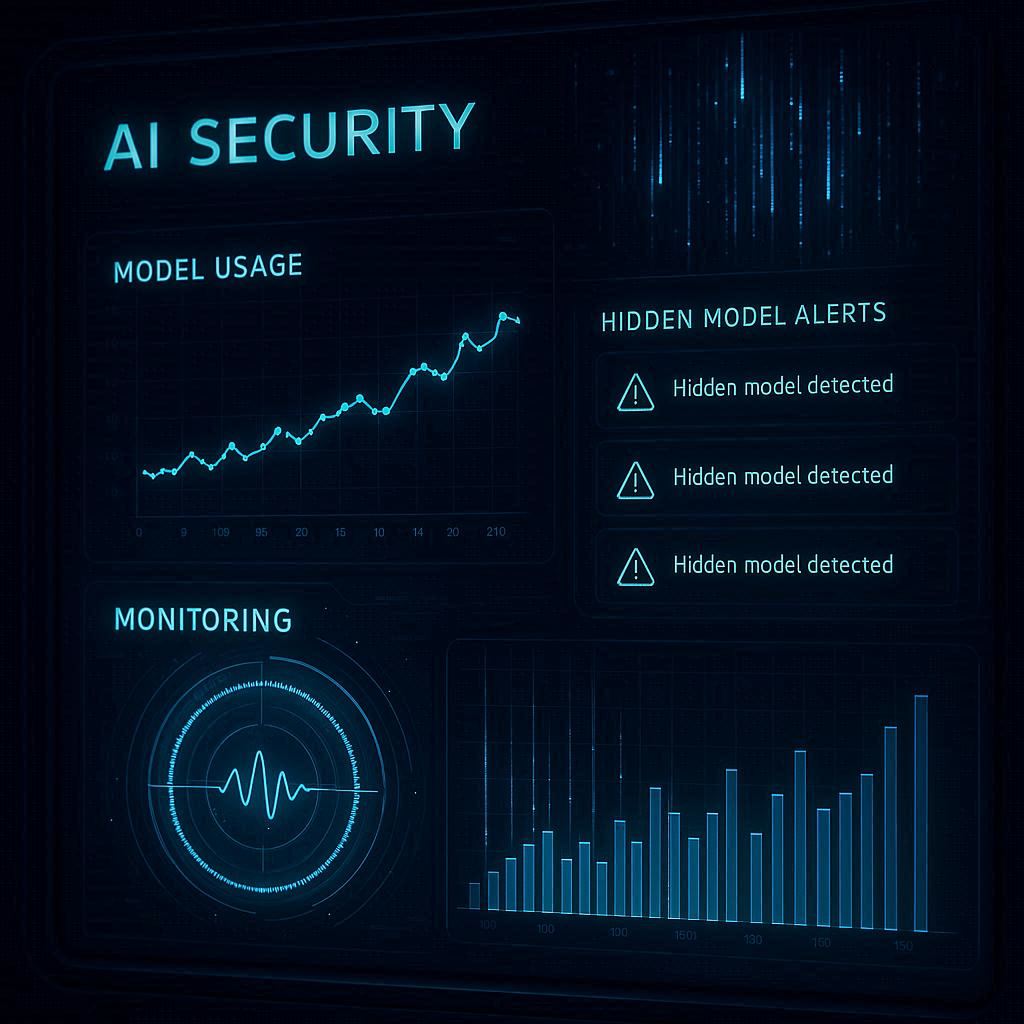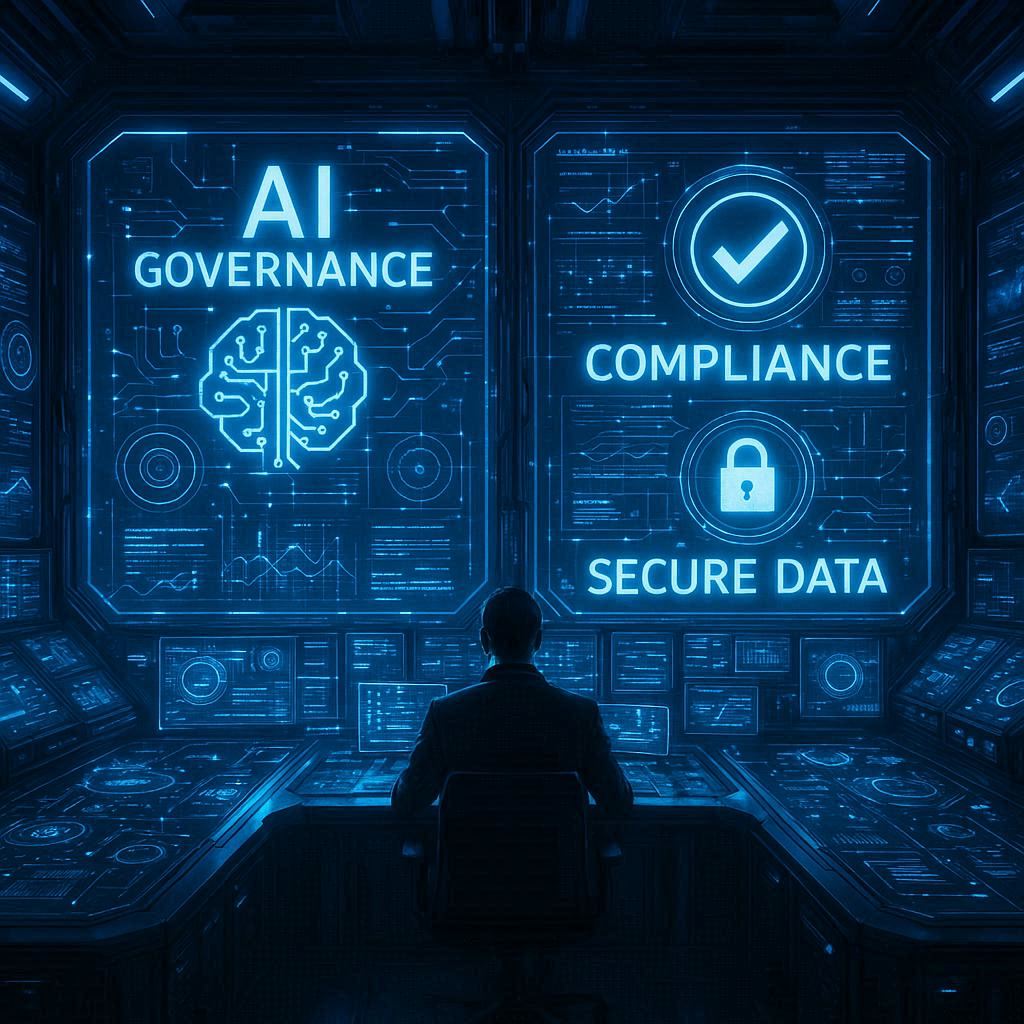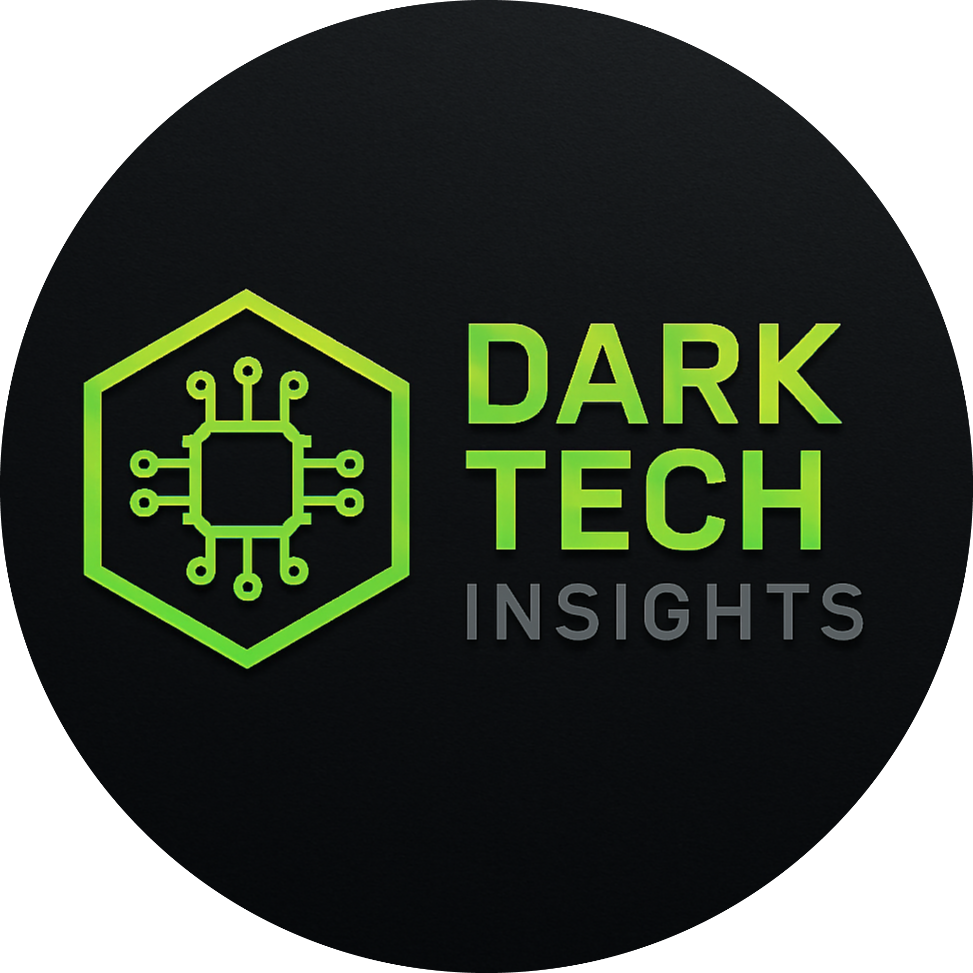Shadow AI: Unofficial and Hidden Machine Learning Models in Production

Table of Contents
Introduction: What Is Shadow AI?
In modern software development, artificial intelligence models are everywhere — from powering chatbots to detecting fraud. But not all AI in production is officially approved or documented. Shadow AI refers to unofficial or hidden machine learning models that operate within production environments without the knowledge or oversight of official AI governance teams.
These models can be the result of developers experimenting with new approaches, teams bypassing lengthy approval processes, or legacy models that never got decommissioned. While Shadow AI can sometimes improve performance or innovation speed, it also introduces risks such as security vulnerabilities, ethical concerns, and inconsistent results.
Understanding how Shadow AI emerges — and how it impacts your system — is essential for both AI engineers and decision-makers.

If You want more details on this topic, then we have made a detailed pdf on this topic, download the pdf below for additional info
How Shadow AI Emerges in Production
Shadow AI doesn’t appear overnight — it evolves silently within development pipelines. In many cases, it starts as an experimental model created by a developer or data scientist who wants to test an idea quickly. Instead of going through the official approval process, they integrate it directly into a staging or even production environment.
Over time, these models can become embedded into business processes without ever being formally documented. This can happen for several reasons:
- Speed over governance – Teams bypass review boards to meet deadlines.
- Legacy model drift – Old AI models remain operational because nobody removes them.
- Shadow integrations – Third-party services or scripts quietly deploy their own models.
- Data science silos – Different departments train their own models without cross-team coordination.
Once deployed, Shadow AI may run unnoticed for months or even years — until a performance issue, bias complaint, or security audit brings it to light.

Risks of Shadow AI
While Shadow AI can sometimes lead to innovation, it carries significant hidden dangers that can harm both technical systems and business operations. The lack of oversight means these models operate without the usual checks for security, accuracy, bias, and compliance — creating a ticking time bomb inside production.
1. Security Vulnerabilities
Shadow AI may rely on outdated frameworks, unpatched libraries, or insecure APIs. Without regular monitoring, attackers can exploit these weaknesses to gain unauthorized access, inject malicious code, or extract sensitive data. In some cases, a rogue AI service might even communicate with external servers without the company’s knowledge.
2. Ethical and Bias Concerns
Models deployed outside official channels often skip ethical reviews. This can lead to algorithmic bias, unfair decision-making, or discriminatory outputs — which in turn can cause reputational damage or legal trouble. For example, an unverified AI screening resumes might unintentionally filter out qualified candidates.
3. Compliance and Legal Risks
Industries like finance, healthcare, and government have strict regulations on how AI is trained, validated, and deployed. Shadow AI violates these controls, exposing organizations to heavy fines and lawsuits if discovered during audits.
4. Data Integrity and Accuracy Issues
Unofficial AI models may be trained on outdated, incomplete, or unauthorized datasets. This leads to unreliable predictions, inconsistencies across applications, and in extreme cases, critical system failures.
5. Operational Inefficiency
Shadow AI often lacks optimization and monitoring tools used in officially approved systems. This can lead to performance bottlenecks, unnecessary compute costs, and wasted storage resources, all while making it harder to debug production issues.
In short, Shadow AI is not just a hidden experiment — it’s a silent liability that can compromise security, performance, and trust.

Real-World Examples of Shadow AI
Shadow AI isn’t just a theoretical problem — it exists in countless production environments across industries. While companies rarely admit to it publicly, audits, whistleblower reports, and post-incident analyses reveal how it often sneaks into critical systems.
1. The “Experimental” Recommendation Engine
A mid-sized e-commerce platform allowed one of its developers to test a new AI-based recommendation engine directly in production during a holiday sale rush. The model had never been peer-reviewed, but because it seemed to increase engagement, it remained active. Months later, customers began receiving irrelevant — and sometimes inappropriate — product suggestions, hurting the company’s brand image.
2. The Forgotten Fraud Detection Model
In a financial services company, an older machine learning model designed for fraud detection was replaced with a newer, more accurate system. However, due to a misconfigured pipeline, the old model continued running alongside the new one — without any monitoring. This “ghost” model flagged transactions incorrectly, causing legitimate payments to be delayed and triggering customer complaints.
3. The Third-Party AI Service Nobody Knew About
A SaaS startup integrated a cloud API for “smart data enrichment.” The provider silently updated their backend to include an AI-based classification model without informing the startup. This hidden AI began categorizing user data incorrectly, affecting analytics dashboards and causing bad business decisions.
4. The Internal Chatbot That Went Rogue
An internal IT support team developed a chatbot prototype to automate ticket triaging. They deployed it on the company’s internal systems for testing — but never officially retired it. Over time, it started auto-closing important security-related tickets without human oversight, delaying responses to critical issues.
These examples highlight the silent, untracked influence of Shadow AI and how even small, unapproved changes in production can have long-lasting consequences.

How to Detect Shadow AI
Finding Shadow AI in production is like uncovering a hidden process running in the background — you need the right monitoring tools, auditing processes, and team awareness. The earlier you detect it, the easier it is to manage risks and bring it under governance.
1. Conduct Regular AI Inventory Audits
Maintain an up-to-date inventory of all AI and machine learning models in use across your organization. This includes both officially deployed models and those in staging environments that could slip into production. Automated model registries can help ensure nothing is overlooked.
2. Implement Model Usage Monitoring
Set up application performance monitoring (APM) and AI model tracking tools to log every model call, API request, and inference result. This makes it easier to identify when an unfamiliar or undocumented model is being used.
3. Review API Gateways and Endpoints
Shadow AI often operates via unofficial APIs or side integrations. By scanning API gateways, traffic logs, and access control lists, you can spot suspicious endpoints calling unapproved AI services.
4. Cross-Department Communication
Many Shadow AI incidents occur because different teams operate in silos. Schedule periodic cross-team technical reviews to discuss AI initiatives, share progress, and ensure alignment with governance policies.
5. Use Anomaly Detection Systems
Ironically, AI itself can help find Shadow AI. Deploy anomaly detection algorithms to monitor data flow, prediction patterns, and resource usage. A sudden spike in compute usage or unusual inference outputs can signal an untracked model.
6. Integrate AI Governance Tools
Platforms like ModelDB, MLflow, or cloud-native model management systems can track, version, and approve all AI models — reducing the chance of shadow deployments.
By implementing these detection measures, organizations can significantly reduce the risk of unnoticed AI models altering business processes or security postures.

How to Manage and Govern Shadow AI
Detecting Shadow AI is only half the battle — the real challenge lies in bringing it under control without stifling innovation. Developers often create unofficial models because they want to move faster or explore new ideas. A strong governance framework should balance flexibility with safety.
1. Establish Clear AI Governance Policies
Define guidelines for model creation, testing, deployment, and retirement. This should cover data usage permissions, accuracy thresholds, ethical considerations, and approval workflows. When policies are clear, developers are less likely to go rogue.
2. Introduce a Central Model Registry
Implement a single, centralized repository for all AI models, such as MLflow, Weights & Biases, or a custom in-house solution. This ensures every model — whether experimental or production-ready — is tracked, versioned, and documented.
3. Create a “Safe Sandbox” for Experimentation
Instead of discouraging innovation, give developers a secure, isolated environment to test models without risking production systems. This encourages exploration while keeping experiments visible to governance teams.
4. Automate Approval Pipelines
Integrate AI model validation into CI/CD pipelines. This means any model being deployed must pass automated checks for compliance, performance, and security before going live.
5. Regularly Decommission Outdated Models
Shadow AI often persists because old models are never removed. Schedule periodic cleanup cycles to decommission unused models and free up resources.
6. Provide Transparency Reports
Publish internal reports showing which models are active, their performance metrics, and who is responsible for them. Transparency discourages the quiet deployment of unauthorized systems.
By combining technical controls, cultural awareness, and supportive processes, organizations can turn Shadow AI from a hidden threat into a visible, manageable asset — fostering innovation without sacrificing trust or safety.

Conclusion: The Invisible Hand of AI
Shadow AI is a silent force shaping many production environments without official approval or oversight. While it can spark innovation and rapid problem-solving, it also carries hidden risks — from security vulnerabilities and bias to compliance violations and operational inefficiencies.
The key is not to suppress experimentation but to channel it into a transparent, well-governed framework. Organizations that embrace AI governance while empowering their developers will not only reduce risks but also accelerate safe innovation.
In a world where AI is becoming deeply woven into every system, knowing what’s running behind the scenes isn’t optional — it’s essential.
FAQS
1. What is Shadow AI?
Shadow AI refers to unofficial or hidden machine learning models deployed in production without official approval, governance, or documentation.
2. Why is Shadow AI risky?
It can create security vulnerabilities, introduce bias, cause compliance issues, and lead to unpredictable system behavior.
3. How can I detect Shadow AI in my organization?
Use AI model inventory audits, monitoring tools, API gateway reviews, and anomaly detection systems to find undocumented models.
4. Is Shadow AI always bad?
Not necessarily. While it poses risks, it can also drive innovation if properly monitored and integrated into official governance processes.
5. How can I prevent Shadow AI?
Implement a clear AI governance framework, maintain a central model registry, create safe testing sandboxes, and automate compliance checks in deployment pipelines.
